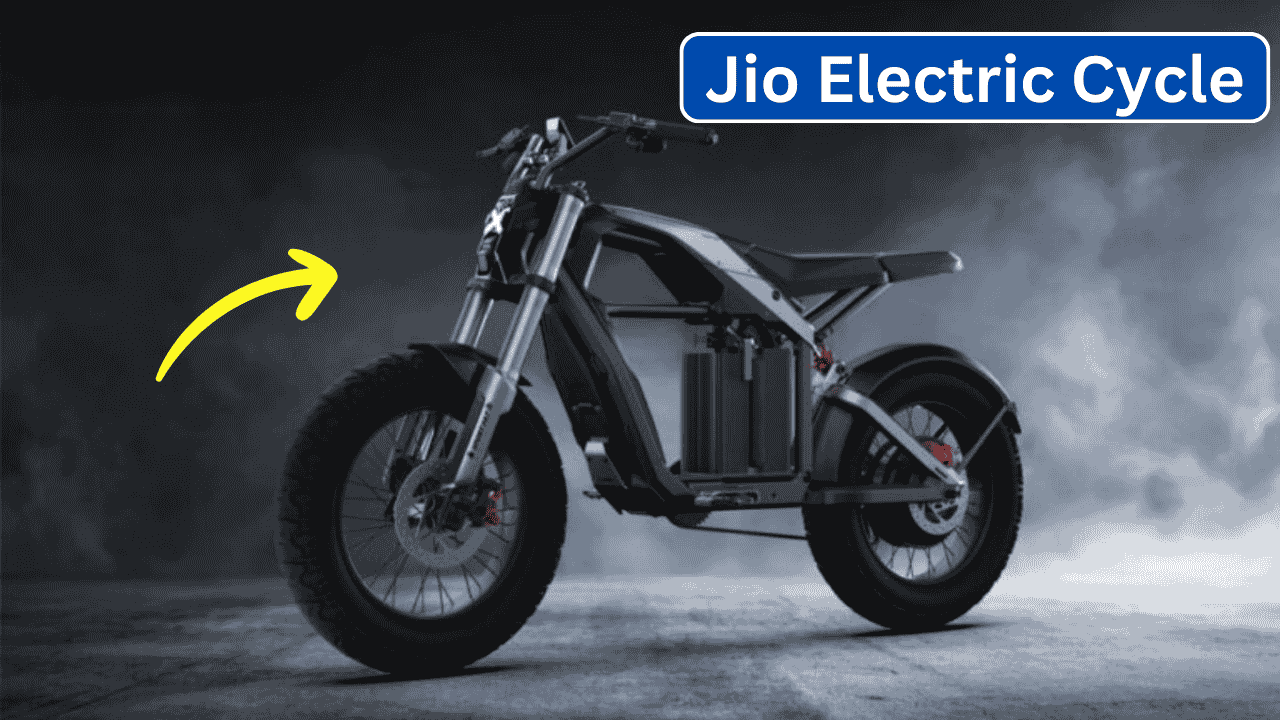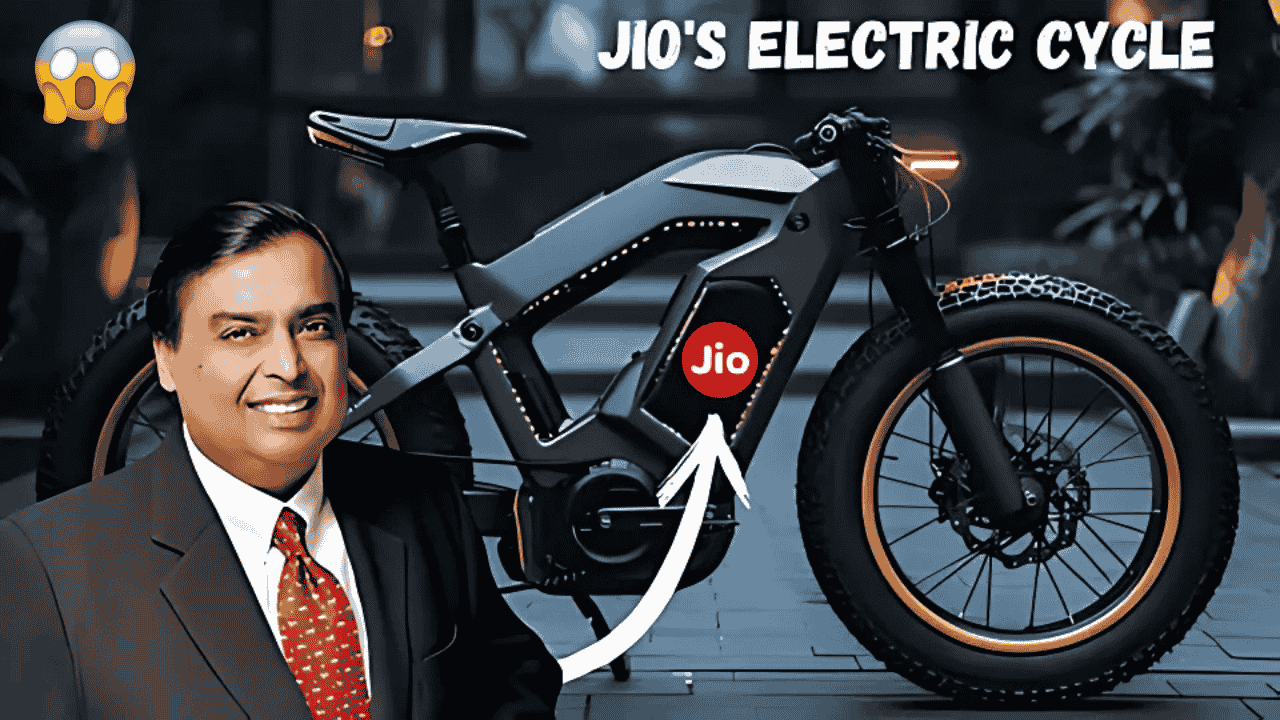
In the vast tapestry of India’s motorcycling history, few machines have captured the collective imagination quite like the Yamaha RX100. Introduced in the mid-1980s, this modest 98cc two-stroke wonder quickly transcended its status as a mere mode of transportation, evolving into a cultural phenomenon that continues to inspire passionate devotion decades after its production ceased. The RX100 wasn’t just a motorcycle; it became a symbol of freedom, rebellion, and mechanical perfection that etched itself into the heart of an entire generation of riders.
The Birth of a Legend
When Yamaha introduced the RX100 to the Indian market in 1985, little did they know they were unleashing a machine that would define an era. In a landscape dominated by fuel-efficient but uninspiring commuter motorcycles, the RX100 arrived with a distinct proposition: unadulterated performance. Its lightweight frame, coupled with a punchy two-stroke engine, delivered an exhilarating power-to-weight ratio that was previously unheard of in its segment.
The motorcycle quickly earned a reputation for its lightning-quick acceleration and ability to reach speeds that belied its modest engine capacity. Stories of RX100s outpacing much larger motorcycles became part of motorcycling folklore, cementing its status as the “Giant Killer” on Indian roads.
Overview: The Yamaha RX100 Specifications
| Feature | Specification |
|---|---|
| Production Years | 1985-1996 |
| Engine Type | Air-cooled, 2-stroke, single-cylinder |
| Displacement | 98cc |
| Maximum Power | 11 bhp @ 7,500 rpm |
| Maximum Torque | 10.39 Nm @ 6,500 rpm |
| Top Speed | 100+ km/h |
| Transmission | 4-speed constant mesh |
| Kerb Weight | 103 kg |
| Fuel Tank Capacity | 10.5 liters |
| Mileage | 35-45 km/l (depending on riding style) |
| Ignition | CDI (Capacitor Discharge Ignition) |
| Distinctive Features | Chrome-plated mudguards, sleek fuel tank, signature exhaust note |
Royal Enfield Elevates the Classic, The Iconic 650cc Powerhouse Is Almost Here!
Hero Splendor Electric’s Game-Changer, The EV That Will Make You Forget Fuel Forever!
TVS iQube, The Affordable Electric Revolution 85 kmpl Efficiency at Just ₹35,000!
Jio Electric Cycle, ₹2999 Bike That Charges Your Phone & Goes 80KM!
Honda Amaze 2025, कम कीमत, ज्यादा पावर! इसके सामने मारुति और हुंडई हुई फेल!!
Technical Excellence in Simplicity
What made the RX100 truly special was the elegant simplicity of its engineering. In an age before electronic aids and complex fuel injection systems, the RX100 relied on mechanical perfection to deliver its exceptional performance. The air-cooled, single-cylinder 98cc engine produced 11 bhp at 7,500 rpm – figures that may seem modest today but were revolutionary for a small-capacity motorcycle of that era.
The engine’s two-stroke architecture, while environmentally controversial by today’s standards, offered several advantages: incredible throttle response, minimal moving parts, and a power delivery that was both immediate and exhilarating. This was complemented by a featherweight chassis that tipped the scales at just 103 kg, creating a magical formula for agility and speed.
The Cultural Impact
Beyond its mechanical brilliance, the RX100 profoundly impacted Indian motorcycle culture. It arrived at a time when the country’s youth were seeking expressions of independence and identity. The RX100, with its rebellious two-stroke growl and nimble handling, became the perfect canvas for self-expression.
In small towns and cities alike, owning an RX100 elevated one’s social status. Motorcycle clubs formed around this icon, and weekend rides became ritualistic gatherings where experiences and modification tips were exchanged with religious fervor. The motorcycle transcended economic and social boundaries – it was equally coveted by college students, young professionals, and motorcycle enthusiasts across the spectrum.
The RX100’s cultural imprint was so significant that it frequently appeared in Indian cinema, often portrayed as the steed of choice for daring heroes or as a symbol of youthful rebellion. These cinematic representations further mythologized the motorcycle, intertwining it with narratives of freedom and adventure in the public consciousness.
The End of Production and Rise to Cult Status
By the mid-1990s, changing emission norms spelled doom for two-stroke motorcycles in India. The RX100’s production officially ceased in 1996, though variants like the RXG and RX135 continued briefly before they too succumbed to environmental regulations. Rather than diminishing its appeal, however, the end of production only elevated the RX100 to cult status.
Today, well-maintained examples command prices several times higher than their original cost. Restoration projects have become labors of love, with enthusiasts hunting across the country for original parts. Specialized mechanics who understand the intricacies of its two-stroke heart are sought after like artisans of a dying craft.
The Legacy Continues
The legacy of the RX100 extends far beyond nostalgia. Its influence can be seen in modern motorcycle design, particularly in the growing retro-motorcycle segment. Manufacturers have recognized riders’ yearning for the simplicity and character that defined machines like the RX100, leading to a resurgence in classically styled motorcycles that attempt to recapture some of that magic.
More importantly, the RX100 remains a benchmark for how a motorcycle can forge emotional connections with its riders. In an age of increasing homogenization in vehicle design, the distinct personality of the RX100 serves as a reminder that the most memorable motorcycles are those that speak to both heart and mind.
For thousands of riders who experienced the RX100 in its heyday, the distinctive ring-a-ding of its two-stroke engine remains the soundtrack of their youth – a mechanical symphony that once experienced, is impossible to forget. New generations of riders may never experience the raw thrill of an RX100 at full throttle, but its legend continues to inspire, ensuring that this modest 98cc wonder will forever remain etched in motorcycling history.
FAQs About the Yamaha RX100
Why does the Yamaha RX100 command such high prices in the used motorcycle market today?
The RX100’s high market value comes from its rarity (limited production and no more two-stroke motorcycles), legendary performance that remains impressive today, strong nostalgia factor among middle-aged enthusiasts, and scarcity of well-preserved examples. This perfect combination has created a collector’s market where pristine RX100s can sell for 5-10 times their original price.
Is it still practical to own and maintain a Yamaha RX100 in today’s riding environment?
While owning an RX100 today presents challenges including limited parts availability, the need for oil-petrol mixing, outdated emissions, and lower fuel efficiency, enthusiasts consider these worthwhile for its exceptional riding experience. Most owners keep their RX100s for weekend pleasure rides rather than daily commuting, finding that with proper care and connection to fellow enthusiasts, maintaining this classic remains feasible and deeply rewarding.
Suneel Yadav is a passionate writer known for captivating stories that blend imagination and reality. Inspired by travel, history, and everyday moments, Pari crafts narratives that resonate deeply with readers.

